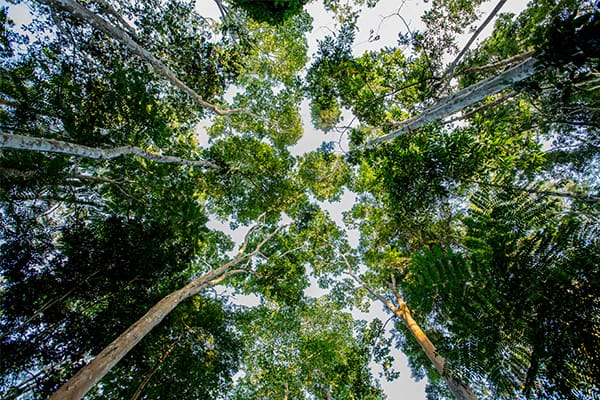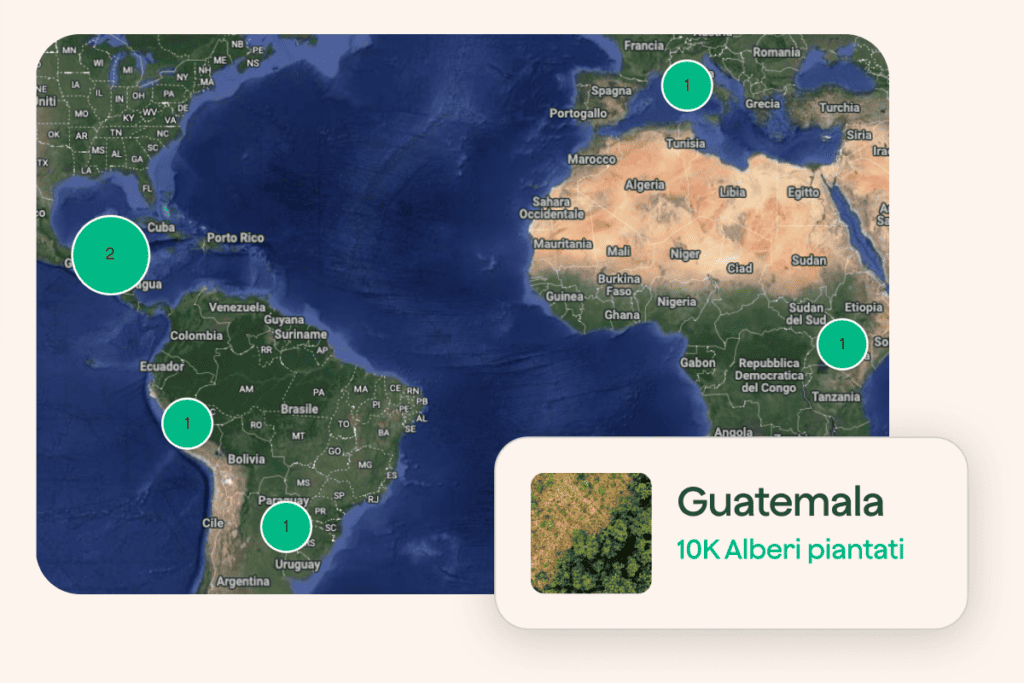Agroforestry is an agricultural method whereby trees, shrubs and annual crops are grown on the same land, thus creating a forest-like level of complexity which enhances the stability and resilience of the agricultural system.
Benefits of agroforestry
- Crop diversification: agroforestry allows trees to be grown alongside agricultural crops producing different types of resources on the same land;
- Soil and water conservation: in agroforestry, trees help prevent soil erosion, retaining water and reducing the risk of flooding;
- Environmental benefits: agroforestry promotes biodiversity by providing habitats for insects, birds and other animal species.
Read more
Agroforestry is an agricultural system that combines elements of agriculture and forestry, weaving beneficial interactions between trees, crops and animals. This approach can be adapted to different contexts and regions, offering sustainable solutions for food and resource production.
One of the main benefits of agroforestry is crop diversification. Growing trees alongside agricultural crops creates resilient systems, where plants provide shade, wind protection and the circulation of nutrients. This diversification also reduces the risk of losses due to disease or pests.
Trees also reduce the risk of flooding by absorbing excess water and reducing surface runoff. This is particularly important in areas subject to heavy rainfall or sloping terrain.
Trees provide habitats for pollinating insects, birds and other animal species, promoting biological diversity. They also withdraw CO2 from the atmosphere through the process of photosynthesis, thus contributing to climate change mitigation.
All in all, agroforestry promotes soil conservation, water conservation, and biodiversity through a sustainable and ecologically responsible agricultural model.
Implementing these systems requires specific knowledge and careful planning, but the long-term benefits make them a valuable option for the future of agriculture.











